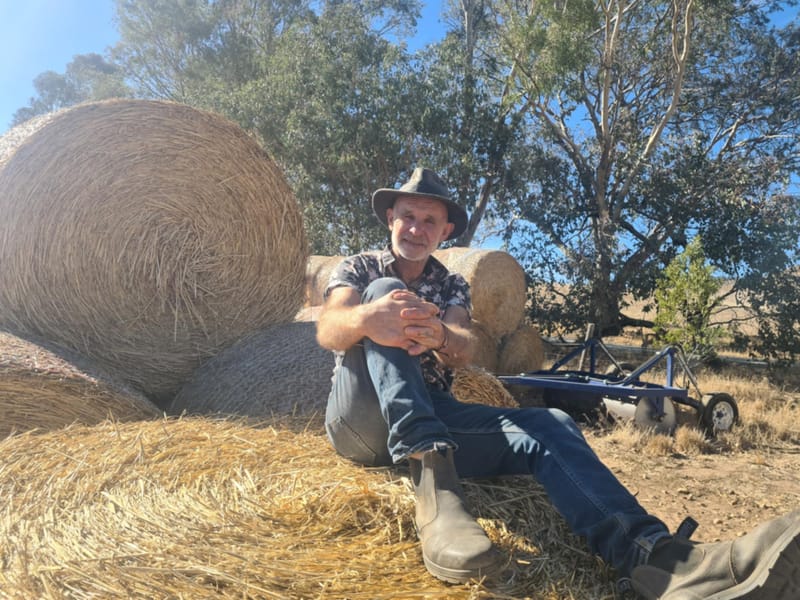Shear your way to success with labour shortage expected on sheep farms
SHEEP and shearing go hand in hand. Both are ingrained in the national psyche in films and art such as Tom Roberts’ 1890 Shearing the Rams painting or the 1975 film Sunday Too Far Away that propelled Jack Thompson into acting royalty. These days...






